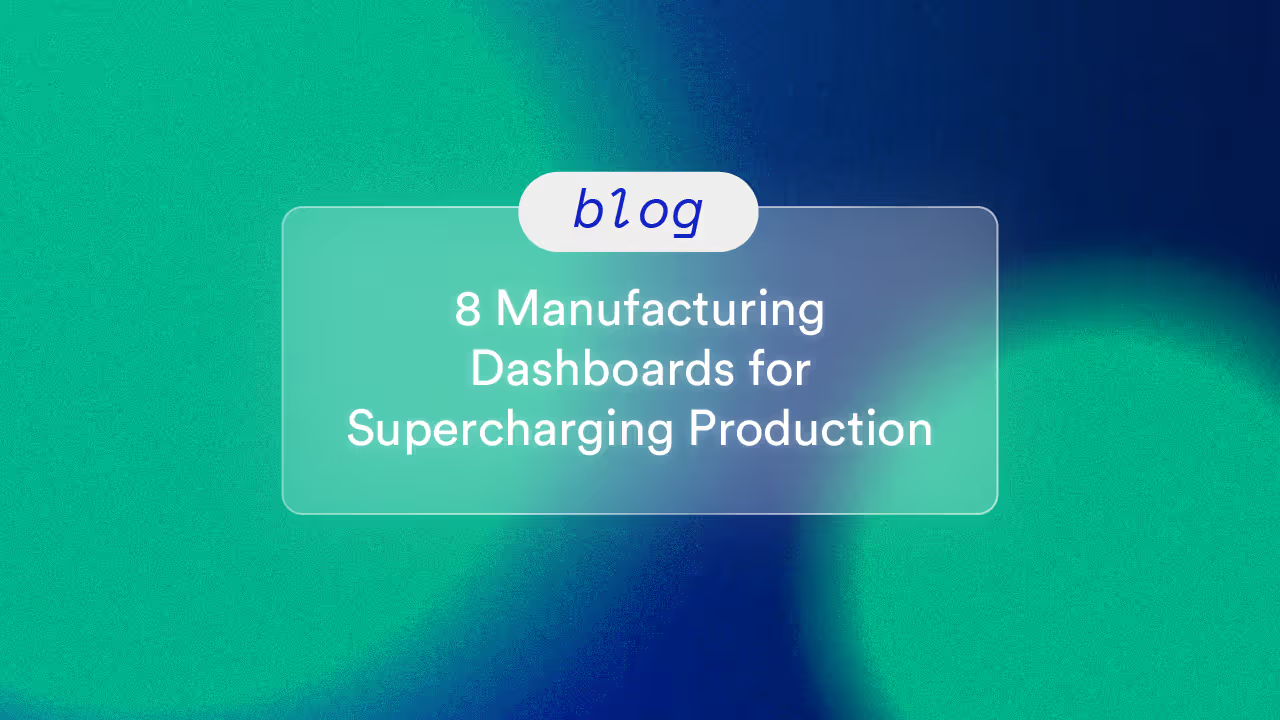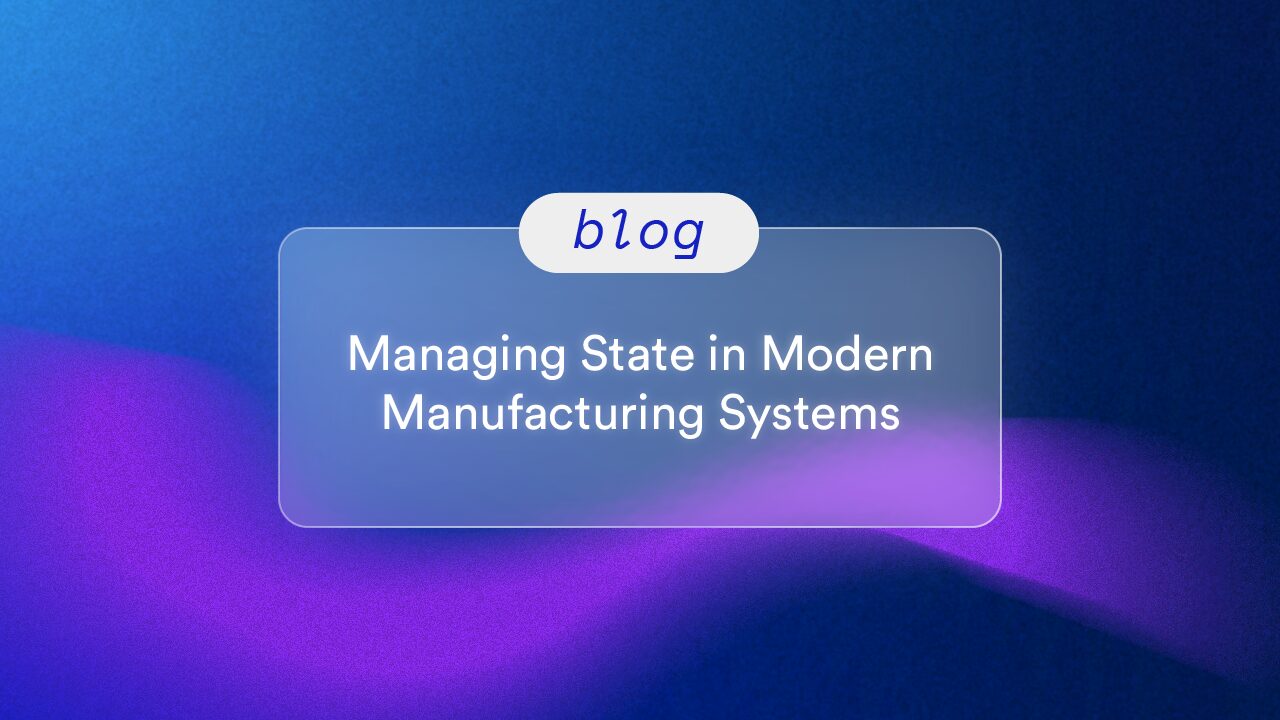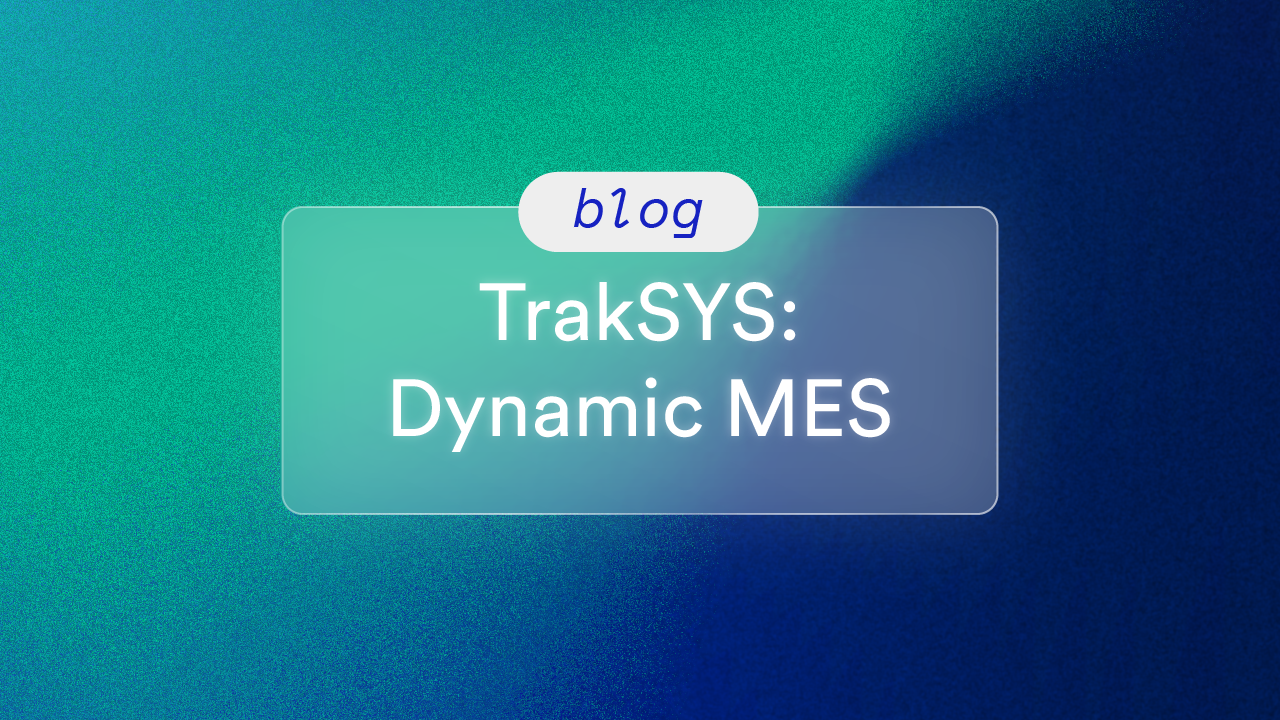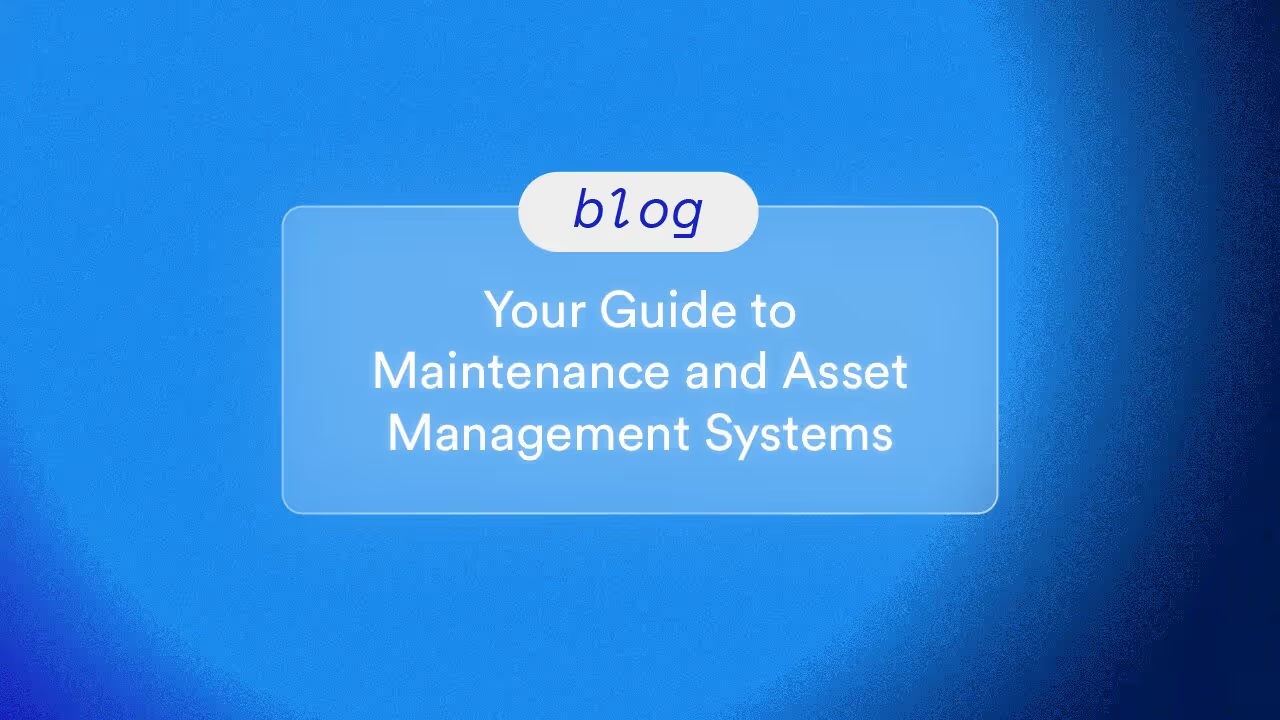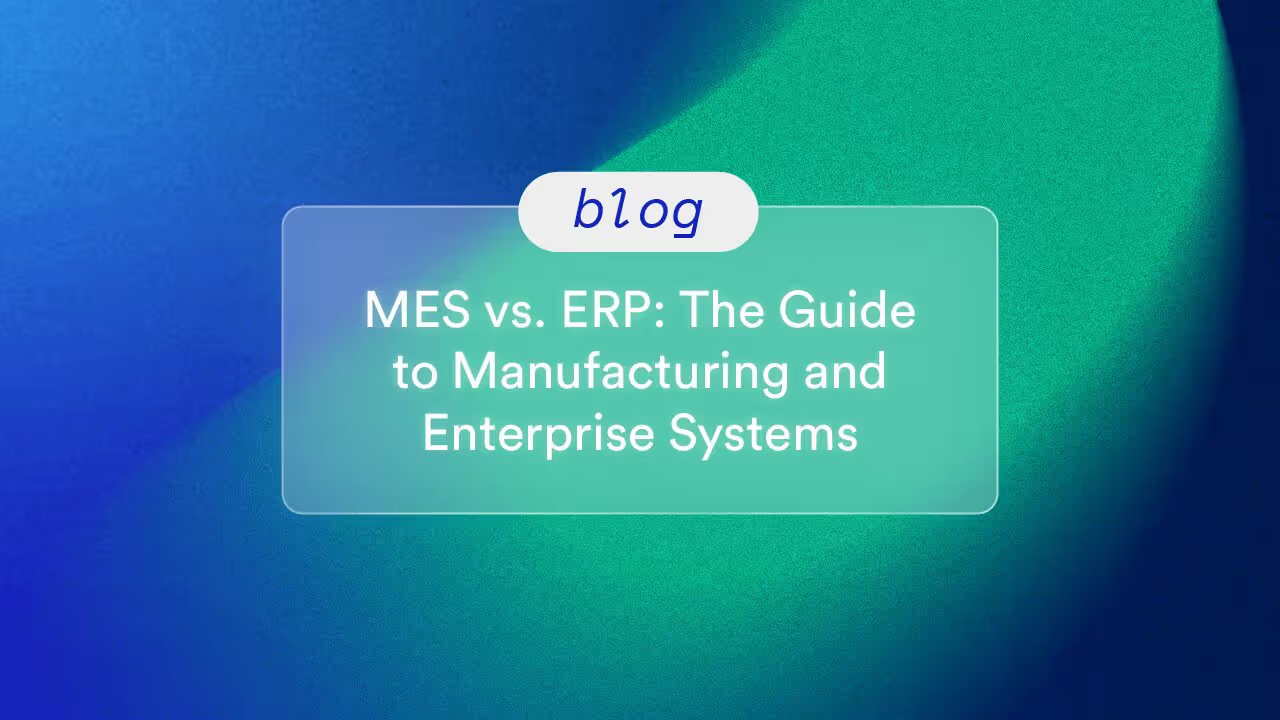As severe weather events grow more frequent, temperatures rise, and pollution threatens ecosystems, consumers are becoming more aware of their impact on the world around them. These phenomena serve as increasingly compelling evidence that society will have to change. That means manufacturers will have to change as well.
Adding sustainability to the seemingly ever-growing list of things to balance within manufacturing operations may seem like a futile task, especially since these efforts have garnered a reputation for being high-cost, low-reward endeavors. However, sustainability and business goals do not need to be at odds. In fact, small changes can have a huge impact on sustainability programs, helping manufacturers satisfy concerned customers, cut their carbon footprints, and save money along the way.
One of the most powerful options available to manufacturers in the fight to mitigate their impact is switching to more sustainable packaging options. This allows manufacturers to do their part for the planet without changing their core products or processes, making it a great first step in the journey toward more responsible operations.
The Environmental Cost of Traditional Packaging
Single-use plastic packaging is a ubiquitous feature of modern consumer packaged goods. Its relative cost, reliability, and efficacy have made it the de facto standard for everything from food and beverages to cosmetics, tools, batteries, and tech products. It’s also one of the most common contributors to pollution both on land and at sea, with the International Union for Conservation of Nature (IUCN) estimating that 20 million metric tons of plastic litter end up in the environment each year. However, this only scratches the surface of the material’s eco-impact.
While no material comes without some ecological consequences, plastic is uniquely damaging and contributes an outsized impact at every step in its lifecycle compared to other packaging options:
- It is a fossil fuel byproduct.
- Once created, it never leaves the ecosystem. Though a given bottle may appear to be “gone,” the microplastic particles it leaves behind leech into water and soil.
- Even if plastic pollution is cleaned from a given area, it ends up in landfills.
- Eventually, most plastic trash is eventually incinerated, which contributes to air pollution and releases significant amounts of greenhouse gases.
As a result, many environmental groups, legislators, and consumers see reducing single-use plastic waste as a top priority. In 2022, the UK implemented a plastic packaging tax requiring companies that import 10 or more tons of plastic packaging into the country to pay a flat tax of £200 per ton. As of April 1, 2024, the tax has risen to £217.85 per ton. In the US, the strategy focuses on ongoing responsibility rather than overhead costs. As of 2024, four states have introduced extended producer responsibility (EPR) policies to combat single-use plastic packaging, and a fifth (Maryland) has signaled an intention to do so in the future.
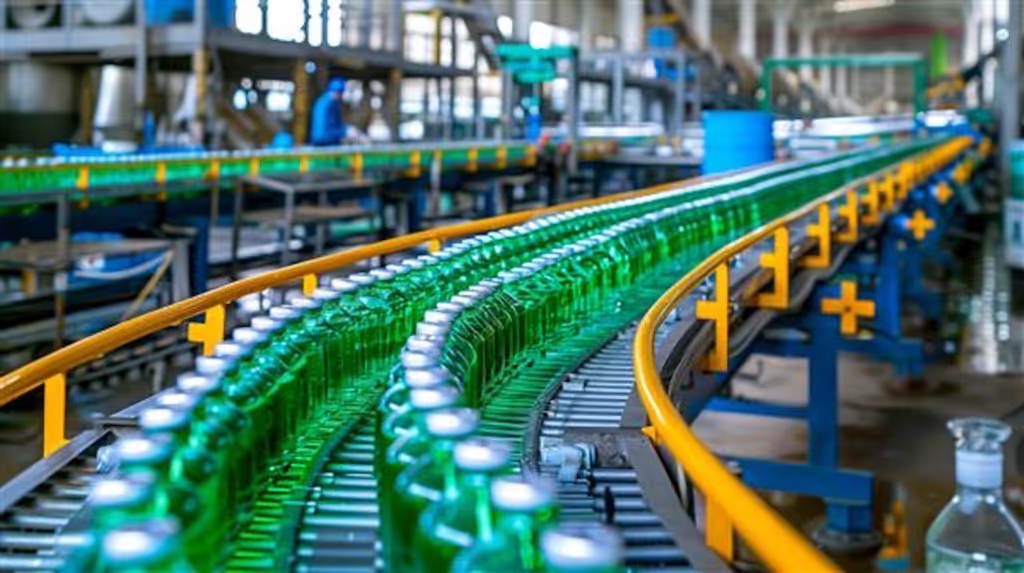
The Benefits of Using Eco-Friendly Packaging
The environmental motivations for using eco-friendly packaging are clear. Still, manufacturers looking to make the switch will need to pair their altruism with a compelling set of business benefits if they are to undertake such a significant project.
Luckily, there are some commercial and operational benefits to pursuing the change.
Consumer Demand
Possibly the most compelling argument for adjusting to more sustainable packaging materials is that they’re appealing to consumers. Research has shown time and again that shoppers (particularly younger ones) don’t just appreciate responsible operations; they prioritize these products and companies:
- More than half (54%) of shoppers aged 18-34 said they always or often consider sustainability when making purchasing decisions.
- Over two-thirds (67%) will moderately change their habits or lifestyles to prioritize sustainably packaged products.
- Over three-quarters (79%) will pay more, and nearly as many (75%) will travel 5 or more miles extra for products that are sustainably packaged.
While older American shoppers are less willing to adjust for these reasons, a significant portion of 35+ shoppers share these sentiments. The same study found that:
- The majority (80%) of these shoppers consider sustainability at least sometimes, and about one-third say they do so “always” or “often.”
- Half of these respondents said they would change their lifestyle to incorporate more sustainable options.
Though commitment to sustainable purchasing is clearly of more importance to younger shoppers than previous generations, the impact that young people have on public opinion cannot be understated. Today’s 18-to-34s are tomorrow’s “older shoppers.” The brands that heed their call for sustainable options now will be curating lasting loyalty that will benefit their sales for years to come.
Cost Savings
Another—potentially surprising—benefit of switching to more sustainable packaging is the cost. Though the initial cost of the operational adjustments may be steep, the ongoing savings often more than make up for those expenses.
Making packaging more sustainable doesn’t always mean cutting out plastics for good or investing in new, high-cost options. It can also mean:
- Refining processes to reduce material and energy waste.
- Adjusting packaging designs to use less material in each unit.
- Rethinking how you pack and ship products for fulfillment.
- Switching to recycled materials.
- Implementing a circular program that allows you to reuse packaging.

How TrakSYS Can Facilitate Eco-Friendly Packaging
Of course, pivoting to more eco-friendly packaging is easier said than done. After all, if using eco-conscious packaging was as simple as “wanting to,” everyone would. Making such a large-scale adjustment means, at minimum, changing:
- Scheduling practices.
- Suppliers.
- Container designs.
- Shipping practices.
For those who want to go a step further by implementing waste return/reuse or other, more complicated logistical initiatives, it could also mean implementing new tracking systems, reward programs (for consumers who return single-use plastics), and more. It’s a lot to manage.
Whether you’re interested in shifting to a reusable packaging system or to a more sustainable material, a Manufacturing Execution System (MES) like TrakSYS™ can help make the process more seamless and effective. These systems make managing complex change as simple as possible by:
- Automating production planning and scheduling. TrakSYS uses market insights and historical performance data to plan and optimize initial production runs with new packaging materials. This helps manufacturers make good on sustainable initiatives while staying as productive and cost-effective as possible.
- Supporting more efficient inventory management: MES systems can track material usage and monitor rollouts to pinpoint economic order quantities (EOQs) of new packaging materials as well as ensure that old materials are utilized (or disposed of) as efficiently as possible.
- Giving insight into supply chain operations. New packaging may mean new supply chains or shipping routes, and teams need to get a handle on how things are working as quickly as possible. MES platforms can help logistics teams track in- and outbound shipments to give the real-time insights they need to get up to speed and pivot when needed.
Sustainable operations can be a moving target, and there’s always something more to do. Once your packaging transformation is completed, TrakSYS can highlight opportunities to refine the process (or others) to help your business do even more to protect the planet. To learn more about the ways TrakSYS enables more sustainable operations, parsec-corp.com/overview.
FAQs
Related Blog Posts


Let’s Build Your Plan
We’ll help you create the right configuration—today and for the future.



